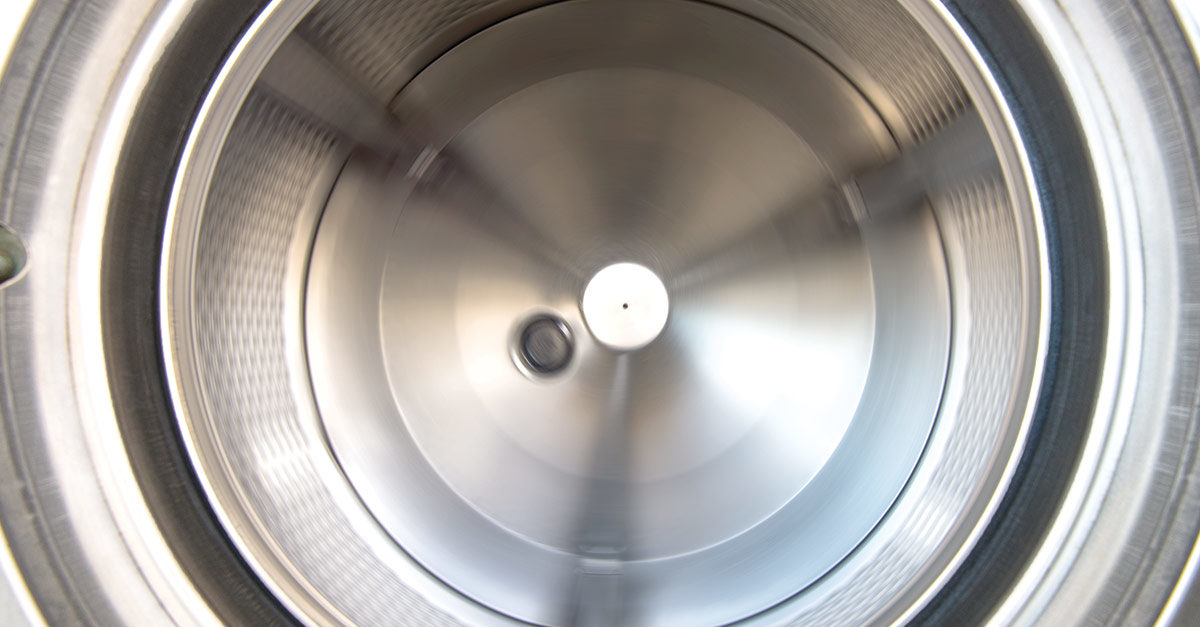Laundry is a top priority for commercial facilities like hospitals, hotels, and long-term care establishments. From bed sheets and towels to hospital gowns, industrial-size washers and dryers are constantly at work.
Neglecting regular maintenance on frequently used dryers can create a fire hazard. According to the National Fire Protection Agency, almost 16,000 structure fires between 2010 and 2014 involved clothes dryers or washing machines, causing more than US$200 million dollars in damage annually.
Mind Your Lint Filter
Most dryer fires are caused by a buildup of lint, which is extremely flammable. Lack of cleaning, improper venting materials, or poor dryer vent installation can cause excess lint buildup. This, in turn, leads to abnormal air flow that can ignite lint and cause a fire.
Blockage caused by rodents, birds’ nests, and other debris also can impair airflow and start a fire. Regularly inspecting vents and performing any needed repairs to the ventilation system can catch blockages before they become a problem.
Clogs and Health
Improperly maintained dryer vents can not only start a fire, they can cause a myriad of health concerns for those living and working in the environment. An important function of dryer vent systems is to eliminate moisture during the drying process. A commercial machine can emit up to a gallon of moisture per load. If a vent is crushed or blocked with lint, trapped moisture can create mold and bacteria, which cause respiratory problems and illness. For gas dryers, a clog in the vent system can prevent exhaust fumes from properly exiting the vent line, causing a buildup of harmful gasses like carbon monoxide.
Heed the Warning Signs
Keep an eye out for these signals that your dryer or dryer vents require service:
- If laundry is taking longer to dry or is still damp when the cycle ends, this may signal an airflow restriction in the dryer vent.
- Heat emitted in the laundry room while the dryer is running may signal a backup in the ventilation system.
- The smell of fresh laundry when the dryer door is closed may signal improper air ventilation.
- Strange noises coming from the dryer may signal it is about to overheat.
- Squeaking or metal-on-metal noises may signal the dryer is running hard due to a blockage and the oils have dried out. Metal-on-metal issues can cause overheating and even produce a spark.
- A ticking sound may signal that the belt requires replacement, possibly due to overuse from a blockage.
- A muffled or vibrating sound may signal the lint is backed up into the blower fan.
No noise coming from the dryer may signal the dryer has overheated and the thermal fuse has blown.
Take Long-Term Steps for Safety
These small steps can go a long way in dryer safety:
- Make sure someone is on duty whenever the dryers are running to catch any problems.
- Remember to clean the lint filters after every load and check them for tears and rips.
- Keep combustible objects away from the dryer, such as loose lint, clothing, and boxes.
- Line-dry clothing that has had gasoline, acetone, or other flammable materials spilled on them.
The most important step you can take in preventing dryer fires is scheduling regular dryer vent maintenance and inspections. A certified technician will find buildup before it becomes an issue, ensure the facility’s dryer vent systems meet updated codes, and work with manufacturers to ensure products are up to date. Regular inspections also will confirm the facility follows insurance and fire regulations. Schedule dryer vent cleanings at least once per year and consider more frequent inspections for facilities with high dryer use.


